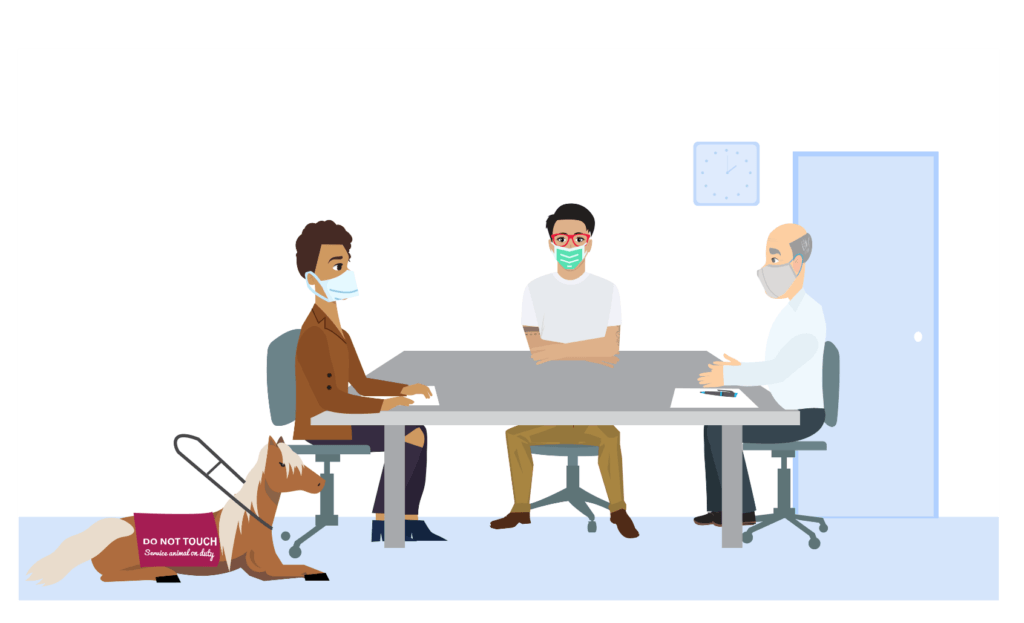How to Engage with Local Planners _review


EM: The goal for your Action Team is to connect with your local emergency and public health planners, develop a relationship, and ultimately get a seat at the local emergency planning table. We’ll get your Action Team started with a template to learn “who’s who” in your community. You may be able to find your local planners by looking up the local emergency management office or department and the public health department on your community’s local government website or by phoning your county, city or town government office.
When engaging with local planners, your Action Team should tailor its messages to specific audiences.
Emergency managers and public health planners may have different approaches to planning, including different priorities, backgrounds and training.
? Below are messages about including people with disabilities in local emergency planning. See how the same message may be adjusted for either emergency managers or public health preparedness planners.
| General Message | Message for Emergency Managers | Message for Public Health Preparedness Planners |
| Inclusive emergency planning is better for the community. | We can save more people in an emergency. | We can improve public health. |
| Inclusive emergency planning is a best professional practice. | FEMA supports this. Professional organizations like International Association of Emergency Managers (IAEM) and National Emergency Management Association (NEMA) support inclusive emergency planning. Whole community is in the National Preparedness Goal. | The Centers for Disease Control (CDC) and NACCHO (National Association of County and City Health Officials) support the whole community planning. The CDC’s Public Health Preparedness Capabilities support whole community planning. |
| Whole community is efficient. | We can save more lives if issues impacting people with disabilities are addressed in advance. | We can strengthen public health resilience if issues impacting people with disabilities are addressed in advance. |
| Whole community is the law. | The Americans with Disabilities Act (ADA) and other laws require inclusion in emergency planning. We can avoid litigation and complaints if we comply. | The ADA and other laws require inclusion in emergency planning. We want to be legally compliant. |
| Whole community is practical. | We can leverage the skills, talents, and strengths of the disability community. | We can leverage the skills, talents and strengths of the disability community. |
There are different ways to engage with local planners. Some people feel that you should first engage in the most forceful manner. Other people feel that you should first engage in a softer manner, maybe moving to a more forceful manner if the softer approach doesn’t work. When deciding your Action Team’s strategy, think about what feels most natural for the Action Team and what approach the Team feels will work best for the situation.
Click the quiz link below to check your learning and continue.
